First Published by Nick Welbourn - October 2016.
As the sailing season draws to a close many people will be packing up their boats for the winter and forgetting all about sailing for a while. But if you're one of those oddballs who’s getting ready to sail straight on through the winter, whether it’s for your club’s winter series or for squad training, like me, you’re going to need to make sure that you're prepared for whatever the lovely British weather may throw at you.
I remember, three years ago, aged 11, when I was first selected for the Topper North Zone Squad I spent most of the winter simply trying to stay warm. At this time of year many young sailors across the country who have just been selected for zone squads etc. may be about to face the same dilemma so, 3 years on I thought I’d share what works for me.
I began my first winter in a dry suit. It was OK to start with, I could just about stay warm and get through the day when training inland, but with a dry suit the warmth comes from what you wear underneath it and I really didn’t enjoy being bulked up like the Michelin man. Also, as soon as I started sailing on the sea, which sometimes meant being out on the water for up to 6 hours at a time, a dry suit just wasn’t practical.
I then spent a long time trying to find kit that would keep me warm through winter, not restrict movement and not bankrupt my parents. That was when I discovered Rooster and, after trying various options, I have finally got there. I’ve got kit that keeps me warm in all weathers and I can concentrate on sailing and improving rather than just thinking about how cold my hands are!
I think there are a few important things when trying to get the right kit to keep warm:
1 - Base Layers . A common mistake that you see people making in winter to try and keep warm is layering rash vest over rash vest. I tried it when I started sailing - it doesn’t work! The theory behind this is explained by Steve in this video. Once I’d realised this mistake and switched to Polypro it made a huge difference. They work really well as they wick the moisture away from your skin. For the autumn, and even on cooler summer days, I wear a Polypro Top under my wetsuit and as the temperature drops I add Polypro Socks, Leggings and other layers.

2 - Mid Layers Then comes the most important layer - the wetsuit. Rooster seem to have got this right with the Supertherm Longjohn and Top. My Supertherm Longjohn is probably my favourite Rooster product. By swapping and changing other layers I’ve worn it all year round, layered up in winter or just with a polypro top underneath on cool summer days. I can also fit my Rooster Hiking pads inside the long john.
3 - Extremities To keep my feet warm under my sailing boots in winter I wear a pair of Supertherm Wet Socks over my Polypro socks, just to add an extra layer of warmth, as it is very easy for hands and feet to get cold.
What to wear on my hands has always been a tricky one for me as I find that I need both a lot of grip and also a lot of warmth; a tricky combination to find. I have tried normal sailing gloves and thermal builders’ gloves and loads of other types of gloves, but now I think I have finally found the right solution for me. I wear Rooster AquaPro gloves, which are really good because the fleece lining keeps your hands warm. They also keep your hands mostly dry and with the fancy PU coated Amara grip on them I am certainly not short on grip. I also usually wear a pair of Rooster Hot Hands which are basically a Hot Top for your hands! And recently I have been trying Rooster’s Polypro glove liners.

4 - Top Layer On top of all this it is important to have a good spray top to beat the wind-chill. In winter I wear a Rooster Pro Aquafleece. I find that this is a great product because, as well as having wind chill protection, it also has a lovely fleece inside to add even more warmth and the adjustable seals at the waist and wrists prevent cold water flushing when you hit a wave. Along with this I wear an Pro Aquafleece Beanie as it doesn’t absorb as much water as a usual knitted hat would if you happen to be unfortunate enough to fall in!
I find that if you wear the right kit it makes sailing in the winter so much more productive and most of all enjoyable. Each time someone else retires from a race because they’re cold, if you’re still out there you’re assured of finishing one place further up the fleet!
Nick Welbourn




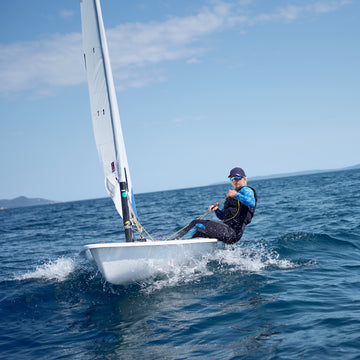
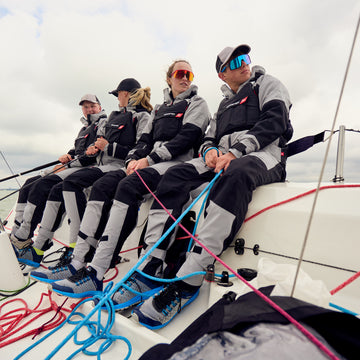
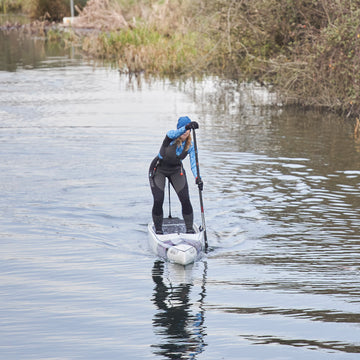
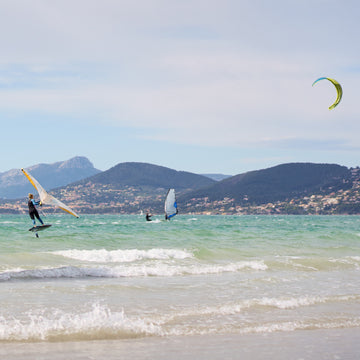

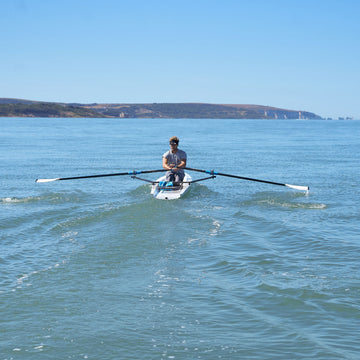
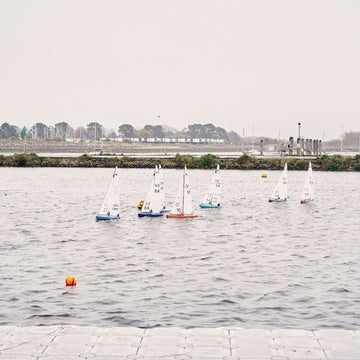
 Select Store
Select Store
 US
US
 UK
UK

